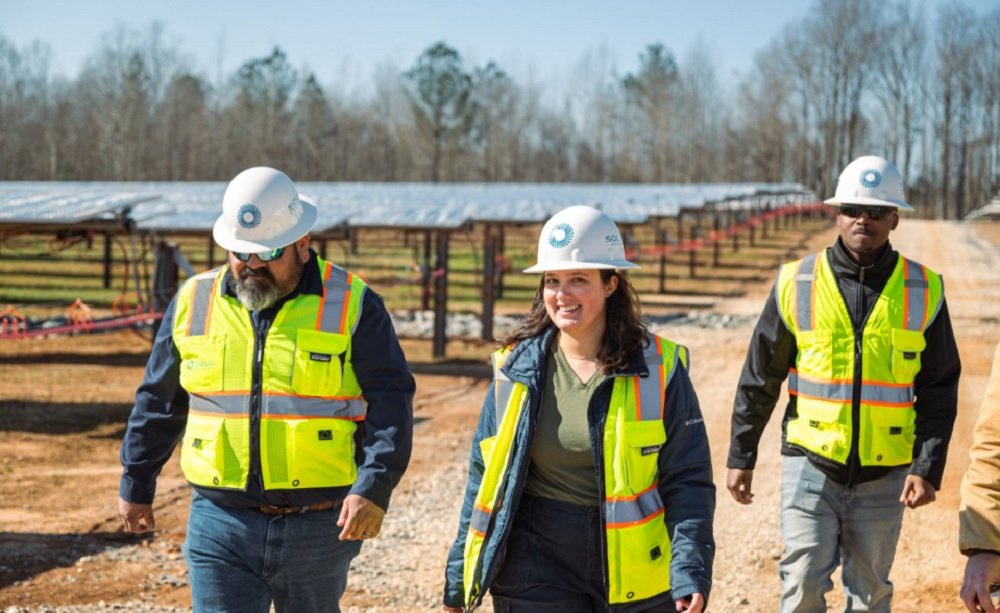In the United States, the clean energy sector is growing at a fast rate due to the numerous federal efforts to construct sustainable infrastructure and enormous investments. Though the rate of development is keeping pace with expectations, the issue of skilled labor needs significant attention. The prevailing wage and apprenticeship requirements have a major impact on ensuring fair pay and skill development of workers.
Read on as we explore what difference prevailing wage and apprenticeship requirements make in the skilled labor market.
Prevailing Wage Requirements
The taxpayer, i.e., the recipient of direct pay with regards to the respective qualified facility, for instance, a renewable energy project, must pay any worker, laborer, or mechanic employed at the project, be it by the taxpayer themselves or via any contractor, wages at the prevailing rates determined by the U.S. Secretary of Labor.
Apprenticeship Requirements
In basic terms, apprenticeships refer to training programs aimed at skilled development. The apprenticeship regulations indicate that a certain percentage of the total labor hours needed for construction, alteration, or repair work must be occupied by a certified apprentice. The minimum proportion of total working hours to be done by certified apprentices is:
- For projects to have started construction in 2023: 12.5%
- For projects to have started construction in 2024 or later: 15.0%
Why Prevailing Wage and Apprenticeship Requirements are Essential for Skilled Labor
Here’s a breakdown of the importance of prevailing wage and apprenticeship requirements:
Importance of Prevailing Wage Requirements
The prevailing wage requirements impact the skilled labor sector in the following ways:
Preventing Unfair Low Standards
Project contractors or coordinators won’t be able to reduce labor costs in order to bid for government projects.
Sustaining Equitable Competition
Contractors who ensure equal wages and quality training receive a competitive advantage over contractors who decide to cut costs or compromise on labor training and development.
Improving Worker Productivity and Morale
Compensating workers appropriately can result in higher morale, motivation, and work efficiency among staff.
Minimizing Labor Conflicts
Fair pay and benefits can facilitate a more even and stable work environment, reducing the risk of costly labor disputes and project delays.
Attracting and Retaining Qualified Workers
Competitive wages are needed to attract and retain experienced and qualified workers and prevailing wage laws can ensure the same.
Closing Wage Gaps
By establishing a minimum wage linked to local levels, the pay gaps across groups can be closed.
Importance of Apprenticeship Requirements
There are many:
Closing the Skills Gap
Apprenticeships help equip the next generation of skilled workers and bridge this skill gap in the existing workforce.
Maintaining Quality Training Standards
Registered apprenticeship training programs follow rigid standards to ensure well-rounded and complete training.
Motivating Workforce Development
Well-defined requirements for apprenticeship push project owners and contractors to invest in the training and development of their workforce.
Providing Career Opportunities
Apprenticeships help workers hold long-lasting careers in the skilled trades, possibly without incurring any cost.
Improving Workplace Safety
Structured apprenticeship training emphasizes safe procedures and best practices, thus contributing to the development of a safer working environment.
Creating Growing Diversity and Inclusion
Targeted apprenticeship programs are able to hire and train from underrepresented groups, helping grow diversity and inclusion in the trades.
Summing Up!
The U.S. Department of Labor carefully determines the prevailing wage and apprenticeship requirements with a strategic objective. These requirements act as guidelines for project owners, employers, taxpayers, and so on in effectively retaining the workforce and further helping the existing workforce to grow their skills, as well as improve the quality of work over time.







